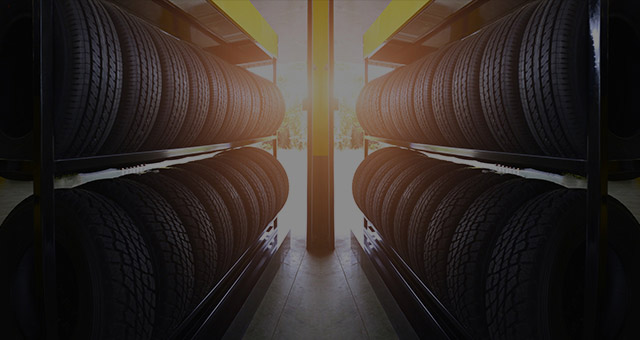Discover the Best Tires Morris IL: Extensive Option Offered
Discover the Best Tires Morris IL: Extensive Option Offered
Blog Article
Tire Service: Comprehending Tire Stress Monitoring Equipments
Recognizing Tire Stress Surveillance Systems (TPMS) is a critical element of preserving optimum automobile efficiency and safety and security on the road. With innovations in vehicle innovation, TPMS has ended up being a typical function in modern vehicles, supplying real-time details on tire pressure degrees.

Relevance of TPMS
The significance of Tire Pressure Surveillance Systems (TPMS) hinges on their ability to enhance automobile safety and performance through real-time tracking of tire stress levels. Preserving the right tire stress is vital for guaranteeing ideal handling, stopping, and overall safety of a lorry. TPMS supplies motorists with immediate comments on any underinflated or overinflated tires, permitting prompt modifications to be made.
Elements of TPMS
Sensors are usually situated in the tire valve stem or affixed to the wheel assembly, where they measure tire stress and transfer data to the control component. Some progressed TPMS designs likewise show the actual tire pressure analyses for each tire, offering motorists with real-time details to ensure optimum tire performance and safety and security. By monitoring tire pressure continuously, TPMS helps stop accidents, reduces tire wear, and boosts gas effectiveness, making it a critical part for automobile security and performance. mopar tire service specials.
Sorts Of TPMS

On the other hand, indirect TPMS relies upon the car's wheel speed sensing units to keep track of tire pressure. This system spots underinflation by contrasting the rotational rates of the wheels. Indirect TPMS is much less pricey than direct TPMS, as it utilizes existing sensors within the automobile.
While direct TPMS uses a lot more precise readings, indirect TPMS is simpler in layout and commonly calls for less maintenance. Both systems have their restrictions and benefits, and the choice between them commonly relies on factors such as expense, car make, and personal choice. Recognizing the differences in between these two kinds of TPMS can aid automobile owners make notified choices regarding tire upkeep and safety and security.
TPMS Maintenance Tips
Conduct routine checks on the tire pressure levels and compare them with the TPMS analyses to ensure they are constant. During tire turning or replacement, make sure that the TPMS parts are taken care of thoroughly to avoid any possible damage. If the TPMS alerting light brightens on the dashboard, resolve the problem quickly by examining the tire stress and the overall system for any type of mistakes.
Benefits of Appropriate Tire Stress
Keeping appropriate tire stress, as emphasized in TPMS Upkeep Tips, is critical for reaping the many advantages connected with optimum tire stress levels. Among the main benefits of keeping the appropriate tire stress is improved gas efficiency. When tires are properly pumped up, there is much less moving resistance, causing far better fuel economic situation. Additionally, proper tire pressure guarantees even tire wear, prolonging the life-span of the tires and advertising safer driving problems. With the ideal tire pressure, vehicles also have much better handling and grip, particularly in negative climate problems. This can boost overall driving performance and safety for the chauffeur and travelers. In addition, keeping optimum tire pressure can add to a smoother and extra comfortable adventure by reducing vibrations and noise triggered by underinflated tires. Finally, the advantages of correct tire stress exceed simply tire long life; they include improved gas effectiveness, enhanced security, far better vehicle performance, and total driving convenience.
Verdict
In conclusion, recognizing tire pressure surveillance systems (TPMS) is vital for preserving optimal tire stress and ensuring automobile safety and security. By acknowledging the importance of TPMS, recognizing with its components, recognizing the various types offered, adhering to proper upkeep tips, and recognizing the benefits of maintaining correct tire pressure, vehicle drivers can boost their driving experience and extend the life-span of their tires. Appropriate tire pressure is key to efficient and secure vehicle procedure.

Report this page